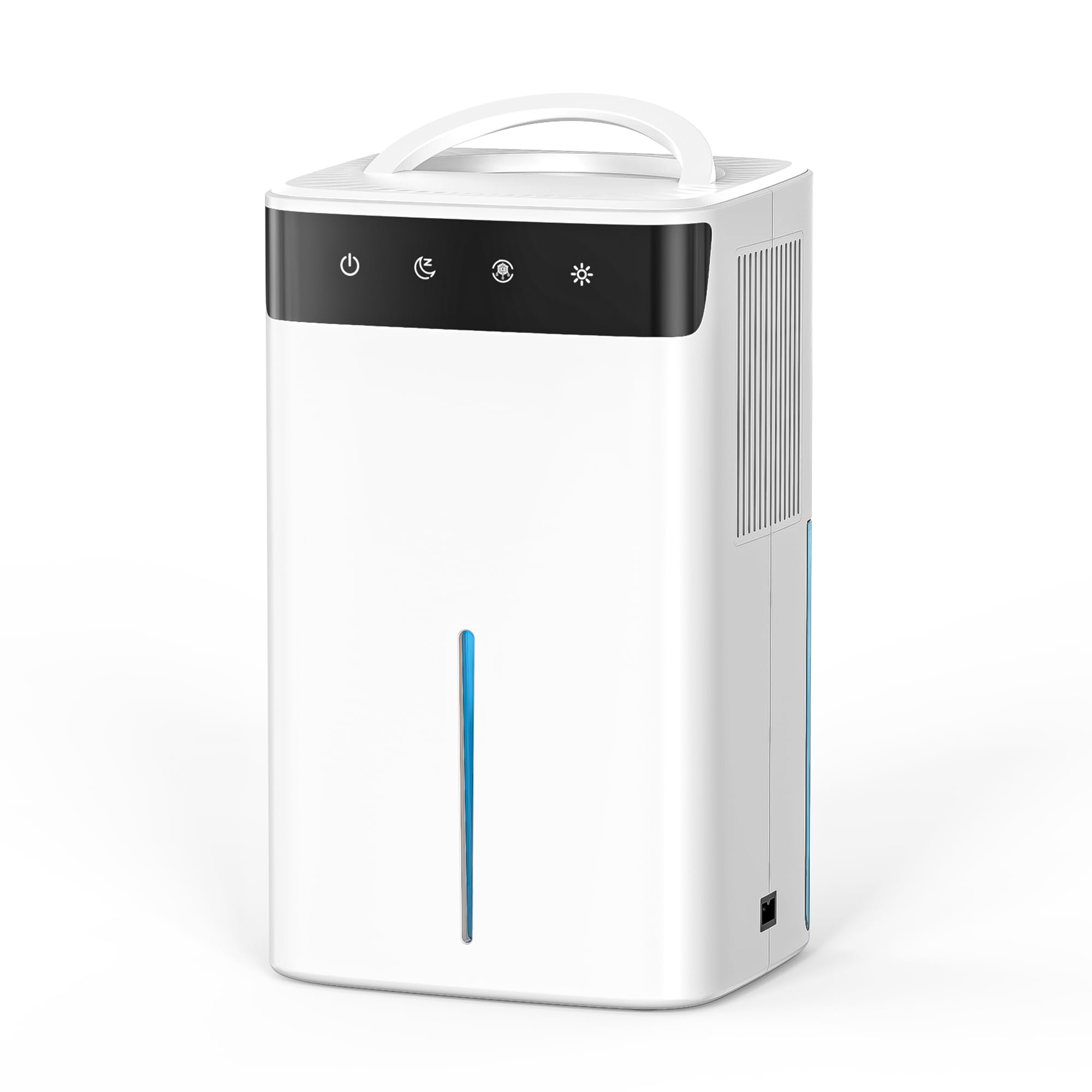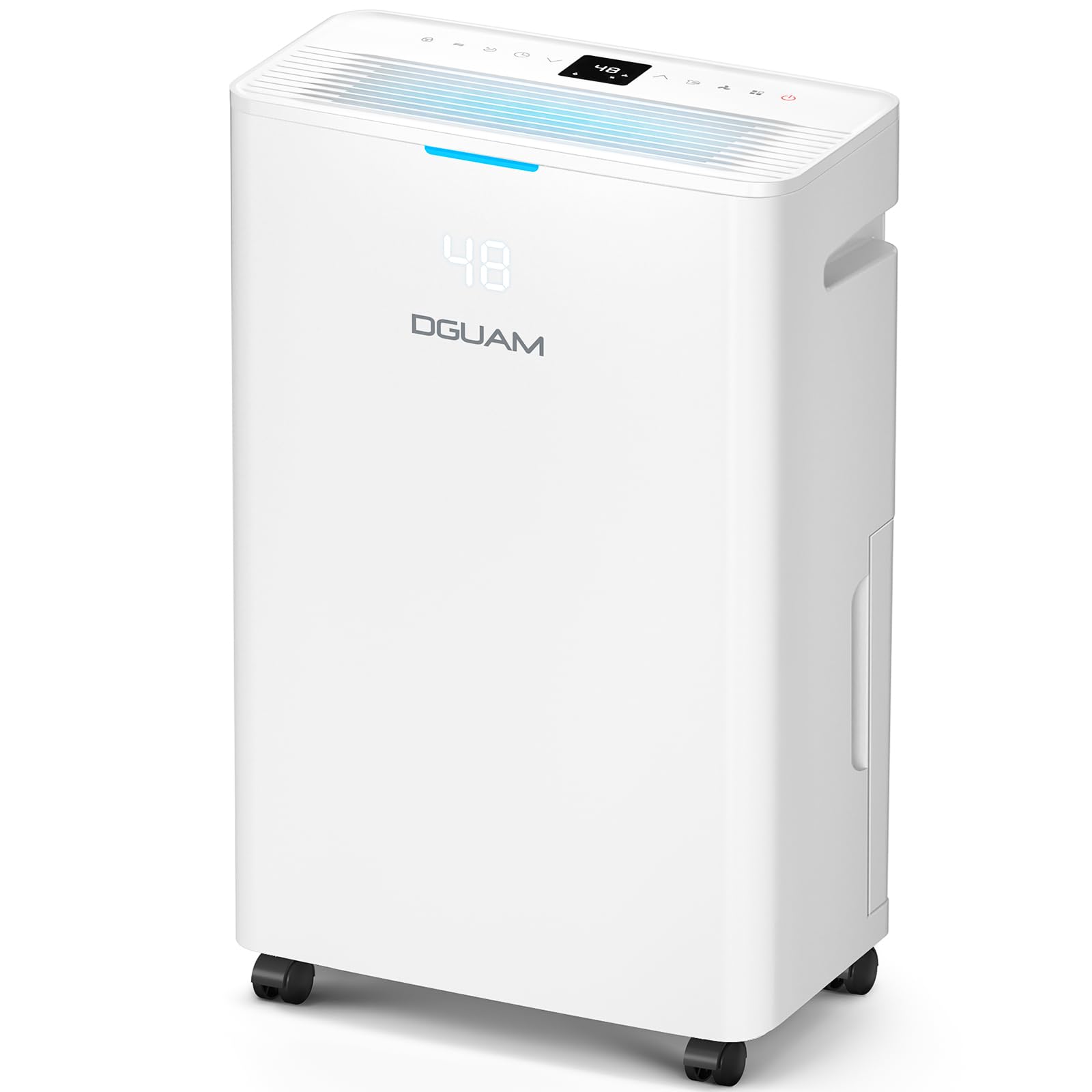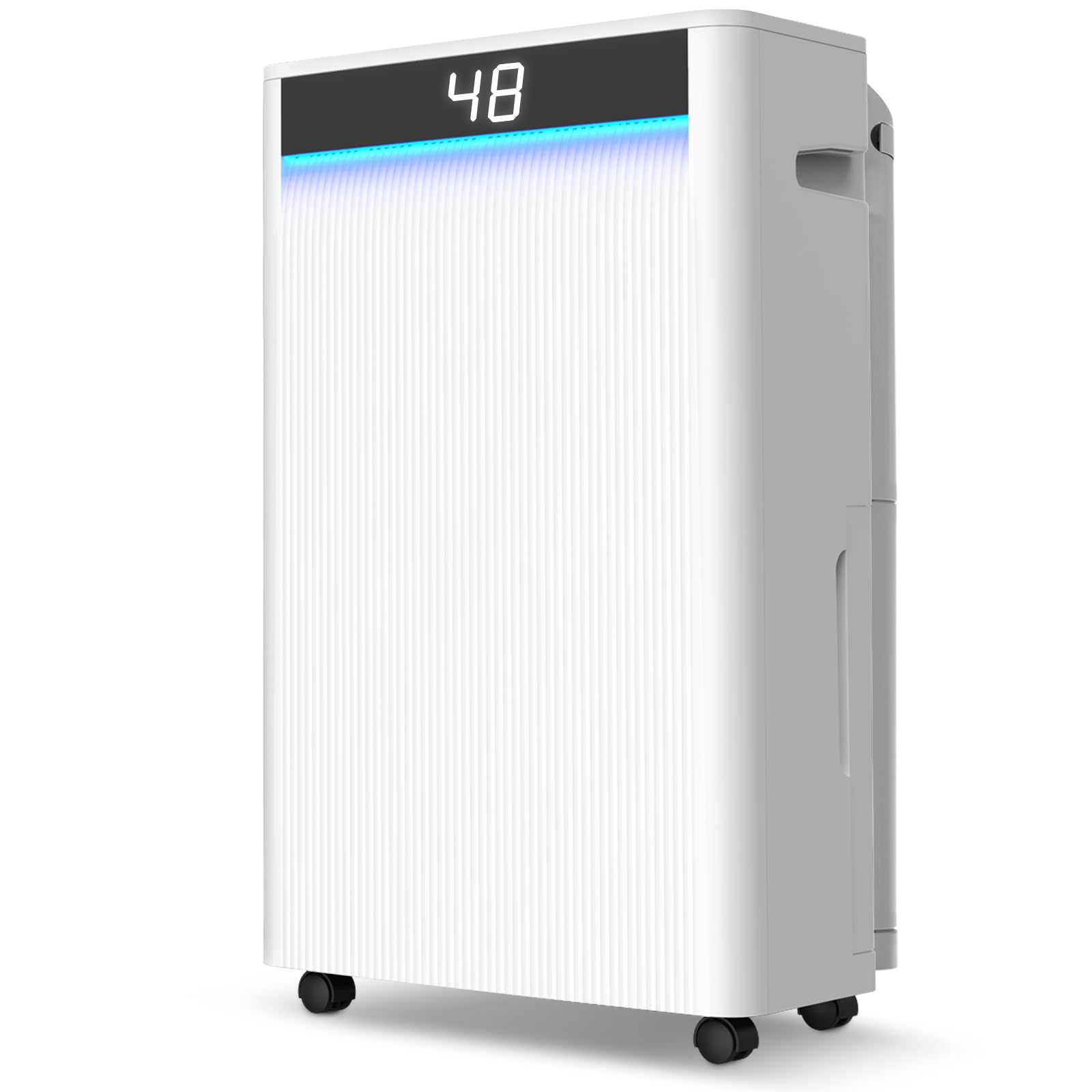Have you ever walked into a room and thought, “Why does it smell like an old basement?” That musty odor, peeling paint, or damp feel in the air is more than just unpleasant—it could be a sign of hidden moisture problems.
The good news? You don’t have to gut your house or tear down walls to fix it.
Whether you’re renting, renovating slowly, or just trying to make your home healthier, here are 7 proven, practical ways to dry out a damp room—without swinging a sledgehammer.
1. Use a Dehumidifier (Your Moisture-Fighting MVP)
Let’s start with the most effective and easiest fix: get a dehumidifier. These devices pull excess moisture from the air and store it in a tank or pump it away.
Why it works:
- Reduces humidity to safe levels (ideally between 45–55%)
- Prevents mold and mildew growth
- Gets rid of that damp, musty smell
Tips to use it right:
- Close windows and doors while it runs
- Place it in the center of the room for better airflow
- Clean the filter monthly for best performance
💡 Pro tip: If the room is cold (like an old stone cottage or unheated basement), go for a desiccant dehumidifier. It performs better in low temperatures.
2. Ventilate—Even If You Can’t Add a Window
Sometimes, moisture builds up simply because humid air has nowhere to escape. Cooking, showering, drying laundry—all release moisture into the air. If that moisture sits in a sealed-up room, you get condensation and damp.
Easy ways to boost ventilation:
- Open windows daily for 15–30 minutes (even in winter)
- Use trickle vents if you have modern windows
- Install a quiet extractor fan—ideal for bathrooms or utility rooms
- Leave doors open to promote airflow between rooms
💡 If you’re renting: A portable window fan or even just leaving the bathroom door open after a hot shower can help tremendously.
3. Use Moisture-Absorbing Materials
Not everything has to be electric. Moisture-absorbing materials—like silica gel, rock salt, or charcoal—can soak up excess humidity quietly and naturally.
Great for:
- Small wardrobes
- Enclosed storage areas
- Closets or kitchen cabinets
DIY Option:
- Fill a bowl or sock with rock salt, place it in the damp spot, and let it work. It will absorb moisture from the air over time.
Just remember: These materials work best in small, closed-off spaces and won’t replace a dehumidifier for big, damp rooms—but they help!
4. Seal the Leaks (But Gently)
Water might be creeping in through leaky window frames, cracked caulking, or gaps in old door seals—especially in older houses.
What you can do without ripping out walls:
- Reseal around windows and doors with weatherproof silicone caulk
- Install draught excluders under doors
- Use filler to patch small cracks in masonry
- Apply clear waterproof sealant on bricks or concrete where water pools
💡 Bonus: These fixes also help reduce heat loss in winter and improve energy efficiency.
5. Rethink Your Room Layout
Believe it or not, your furniture could be blocking airflow and encouraging condensation.
Simple layout fixes:
- Move large furniture (like wardrobes or sofas) a few inches away from external walls
- Avoid placing furniture right under leaky or condensation-prone windows
- Keep storage units open or ventilated—especially in damp corners
Moisture often collects where air can’t circulate. Just rearranging a few items can make a big difference.
6. Use the Right Paint or Wall Coverings
You don’t need to knock down walls—but what you put on them matters.
If your room has already been affected by moisture:
- Scrape off any flaky, moldy paint
- Treat the area with anti-mold spray or vinegar
- Repaint with breathable, anti-mold paint (look for lime-based or mineral paints)
Why breathable materials matter:
Old homes were designed to “breathe.” Covering your walls with vinyl wallpaper or plastic paints can trap moisture, making problems worse.
💡 Avoid: Waterproof “sealing” paints on internal walls unless you’re absolutely sure the source of damp is fixed. Otherwise, it just locks the moisture inside.
7. Tackle the Laundry Problem
Drying laundry indoors? We’ve all done it. But it can release over 2 liters of water per load into the air.
How to dry laundry without wrecking your air quality:
- Dry clothes outside whenever possible
- If inside, dry in a well-ventilated room with the door closed and a window open
- Use a heated airer with a built-in fan or cover
- Run a dehumidifier at the same time to capture the moisture
Even better: Hang laundry in the bathroom and run the extractor fan—it’s like a DIY drying room!
🚫 What Not to Do
Quick warning: some “common” fixes do more harm than good. Here’s what to avoid:
- Blocking vents or air bricks (these are there for a reason!)
- Painting over mold without cleaning it first
- Using bleach on porous surfaces (it can make mold grow back stronger)
- Ignoring the problem—moisture doesn’t go away on its own
Final Thoughts: You Can Beat Damp Without a Renovation
Drying out a damp room doesn’t always require major construction. Often, it’s a mix of small changes, smart tools, and good habits that make the biggest difference.
Here’s a quick recap:
✅ Use a dehumidifier
✅ Boost ventilation
✅ Absorb moisture with natural materials
✅ Seal small leaks
✅ Move furniture away from cold walls
✅ Use breathable paints
✅ Handle laundry carefully
The key is understanding where the moisture comes from and stopping it from building up.



